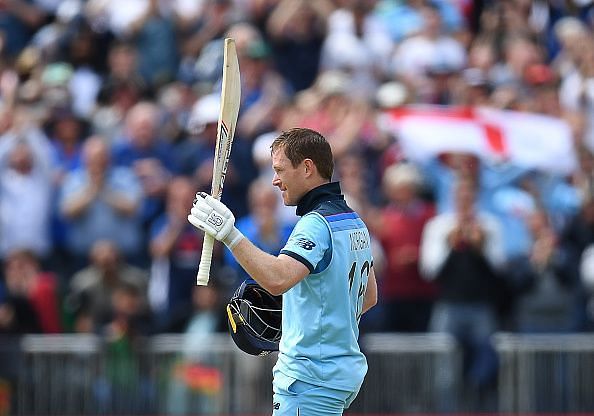
World Cup 2019: How England's astute backroom decisions have aided them in mounting a serious title challenge
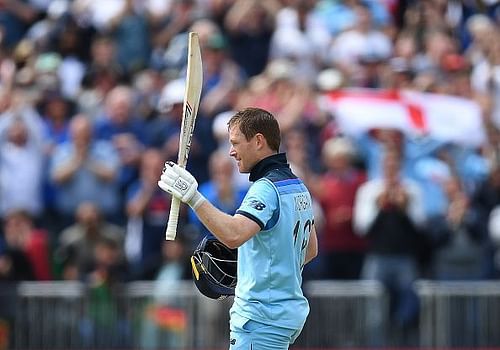
The Englishmen enjoyed a scintillating 150-run victory against the rookie Afghanistan side. Eoin Morgan blitzed past the Asian underdogs, smashing 17 sixes in his 71-ball-148 run knock. Coming into the tournament, the English side were pipped as genuine contenders to lift the title this year, and they have lived up to those lofty expectations until now.
With four league wins out of a possible five, they have almost confirmed their place in the semi-finals. England have been clinical in every aspect and have played like a group well-equipped for World Cup success.
This team has undergone a metamorphosis since the disappointing group-stage exit in World Cup 2015. The England & Wales Cricket Board (ECB) deserve enormous credit for prioritising white-ball cricket and initiating World Cup preparations ahead of their peers; they were aware of the fact that the tournament would be hosted in their country, and they planned for it likewise.
England's appointment of the Director of Cricket
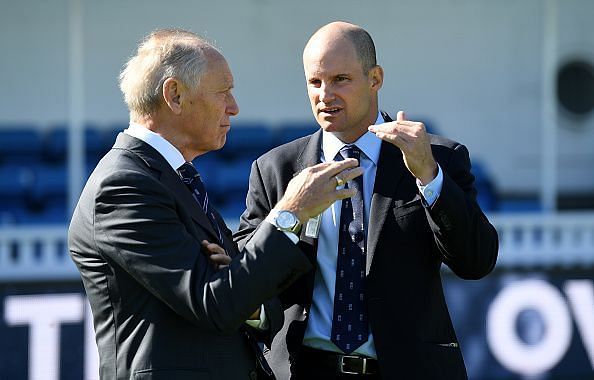
The Technical Director's role is much talked about in football - where the sporting and technical decisions are bestowed upon a person with shrewd knowledge of the game. ECB introduced this role after England's terrible World Cup 2015 campaign, followed by the sacking of the head coach, Peter Moores.
Andrew Strauss was England's first Director of Cricket, and he prioritised white-ball cricket. The former English skipper took some definitive decisions during his four-year spell in the technical role. Some of his crucial decisions are mentioned below.
#1 Appointment of Trevor Bayliss: Peter Moores was relieved of his duties as the England national team's coach following a catastrophic group-stage exit in the last edition of the World Cup. Trevor Bayliss succeeded Moores as the head coach, and his objective was to strengthen the national side in the limited overs format. The decision worked wonders, and we can now clearly see the work Bayliss has done in the past four years.
#2 Deploying a fearless brand of cricket: Strauss had the target of assembling a squad capable of challenging for the World Cup. He needed a clear blueprint which his team and their skipper could follow.
England's pool of players had the likes of Jason Roy, Jos Buttler, Jonny Bairstow, Ben Stokes and many others - players who could tear apart any given bowling attack on their day. Strauss showed faith in them, and Eoin Morgan has since compiled a team where the batting runs down till the ninth or 10th position, allowing them to register 300+ totals at will.
#3 Curating pitches which favour the batsmen: The batting firepower of England was provided with friendly pitches to hone their skills and acclimatize to the conditions completely. Morgan's XI has created a record streak of eight consecutive team totals over 300 and also registered the highest ever ODI total of 481 against the Aussies last year.
#4 Re-introducing Adil Rashid in England's one-day setup: The fortunes of leg-spinners have seen a sharp rise since 2015 due to their ability to make inroads in the opposition batting-order during the middle overs. Strauss realized this fact and drafted Adil Rashid back into the England national side.
Rashid bagged 129 wickets before the World Cup started, which is the most by any bowler since the last edition. The leggie's success has underscored another masterstroke by the former Director of Cricket.
Rashid has formed a good partnership with Moeen Ali, and together they restrain the flow of runs during overs 20-35, compelling the opposition batsmen to play rash shots and lose their wicket.
Maintaining faith in Eoin Morgan's captaincy credentials
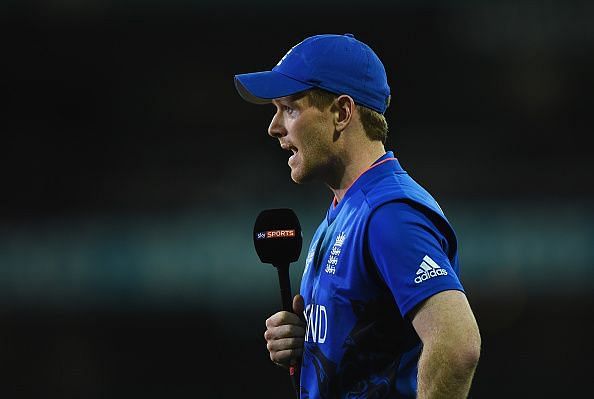
Morgan was the England skipper when their journey petered out in the group stages during the 2015 edition of the quadrennial competition. Danger signs were hovering over Morgan's leadership skills, and his end sounded near.
But Strauss did the complete opposite by deciding to build a side which envisaged Morgan's blueprint. The ruthless brand of cricket that we are witnessing today is a testament to Strauss' faith and Morgan's vision.
The current English side is one of the most well-balanced ODI XIs in world cricket, and their batting depth allows them to initiate the slog earlier than other teams - accelerating from the 30-over mark.
Fast-tracking Jofra Archer into the World Cup squad
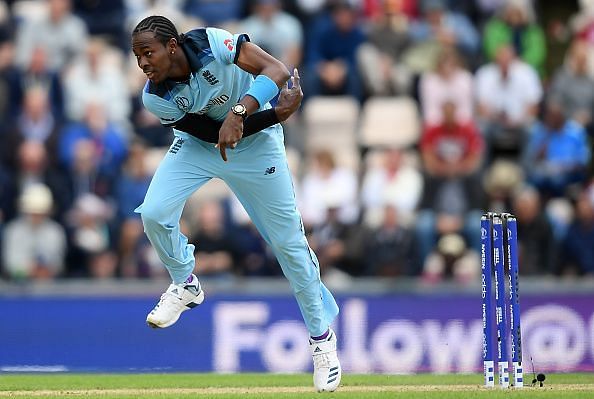
Jofra Archer made his name in the 20-over format with his immaculate death bowling and ability to pick wickets with the new ball. Archer became eligible to play for England's national cricket team this year and he was selected for England's domestic series against Pakistan and Ireland.
The right-arm quick missed out on England's preliminary squad but earned his spot in the final 15. Archer has not looked back since, and has provided an X-factor to Morgan's team with his intimidating fast-bowling. The 24-year-old has accumulated 12 wickets in the World Cup so far and looks hungry for more.
Strauss deserves plenty of credit for England's successful rebuild but his successor Ashley Giles should garner appreciation too for his decision on Archer.
The English team's transformation only underscores the importance of a technical head who can pull the strings in sporting administration - providing a solid platform to achieve a long-term vision.
Also read – Most ducks in world cup
Follow Sportskeeda for all the updates on World Cup schedule, points table, news, World cup most runs, live scores, most runs, most wickets and fantasy tips.